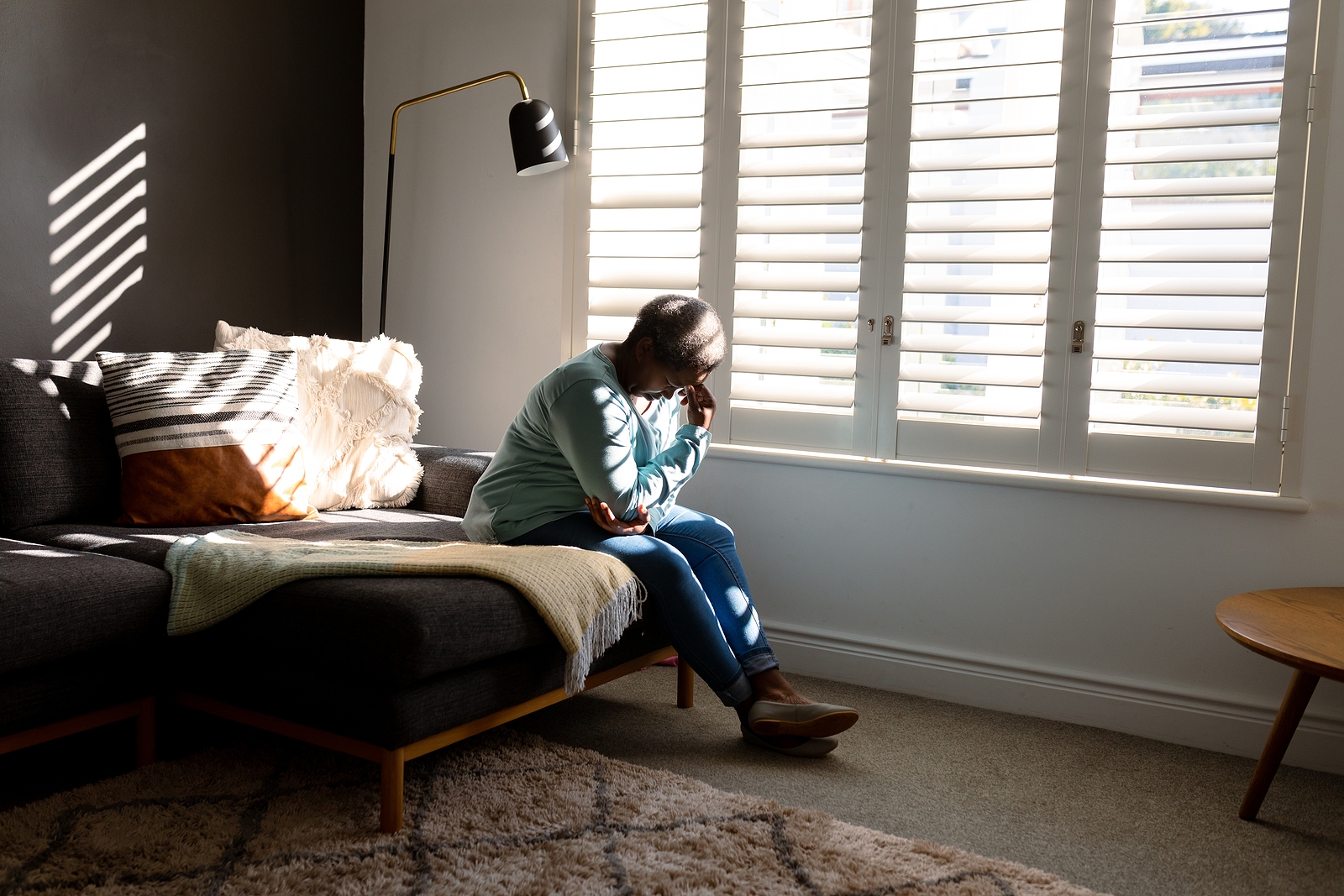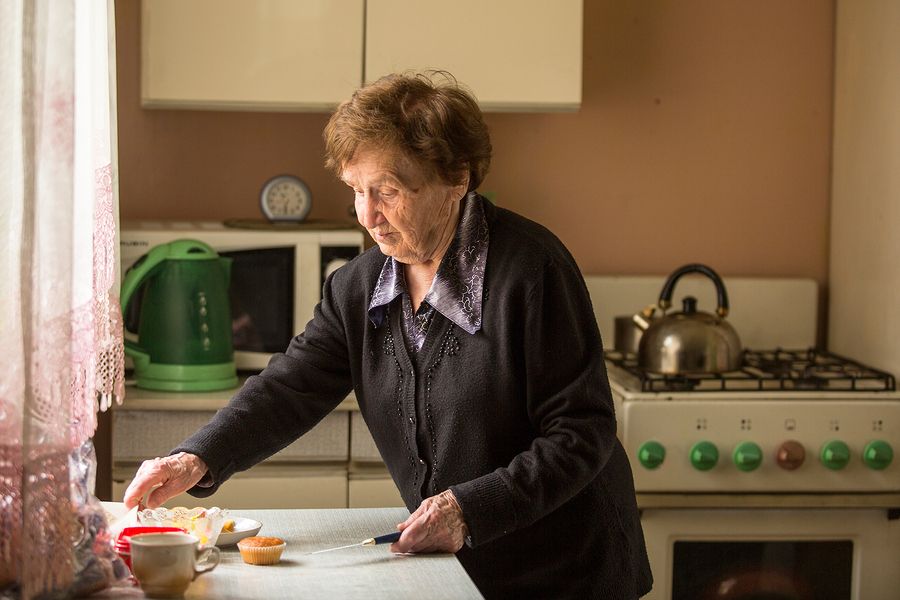Easy Ways Seniors Can Adjust To The End Of Daylight Savings Time

The end of Daylight Saving Time (DST) can be a challenging transition for many people, including seniors who have gotten used to their current routine. Changing the clocks back can interfere with daily routines and make seniors feel unsettled. Home care assistance can help seniors with things like making sure all of the clocks in the house are changed. And home care assistance can also help seniors adjust their routines.
There are also significant health risks that can come with changing time. According to Johns Hopkins studies have shown that people, including seniors, have a higher risk of heart attack and stroke in the days following the start of and end of Daylight Savings Time. Here are some things that seniors can do to make the adjustment to the end of Daylight Savings Time easier:
Start Now
Start adjusting your bedtime and wake-up time a few days before the time change. Shift your schedule by 15 minutes earlier each day until you’re on the new time. Home care assistance can help seniors get their new routine started.
Stick to a Routine
Maintain a consistent daily routine. This includes going to bed and waking up at the same time every day, even on weekends. Routine helps regulate your body’s internal clock.
Manage Your Exposure to Light
Since daylight will decrease after the time change, maximize your exposure to natural light during the day. Spend time outdoors, open curtains, and let sunlight into your home to help regulate your circadian rhythm. Seniors can also try replacing the light bulbs in lamps with natural light bulbs, or purchase a natural light lamp.
Limit Exposure to Screens
Stop using screens at least an hour before bedtime. The blue light emitted by screens can interfere with the production of melatonin, a hormone that regulates sleep. If seniors need to be on a computer or tablet they should turn on blue light blocking or wear blue light blocking glasses.
Create a Relaxing Bedtime Routine
Develop a calming bedtime routine to signal to your body that it’s time to wind down. This might include reading, taking a warm bath, or practicing relaxation techniques like deep breathing.
Control Your Bedroom Environment
Ensure your bedroom is conducive to sleep. Keep the room cool, dark, and quiet. Consider using blackout curtains to block out any excess light.
Exercise Regularly
Engaging in regular physical activity can improve sleep quality. Aim for at least 30 minutes of moderate exercise most days of the week, but avoid vigorous exercise too close to bedtime.
Limit Naps
If you feel the need to nap during the day, keep it short (20-30 minutes) and earlier in the afternoon to avoid interfering with nighttime sleep.
Be Patient
It can take a week or more for your body to fully adjust to the new time. Don’t be too hard on yourself if it takes a bit of time to adapt.
Stay Safe on the Road
With the end of DST, there will be reduced daylight in the evenings. Ensure your vehicle’s headlights and taillights are working properly, and exercise extra caution when driving during the dusk and evening hours.
Source:
https://publichealth.jhu.edu/2023/7-things-to-know-about-daylight-saving-time
Subscribe
Date: October 20, 2023


